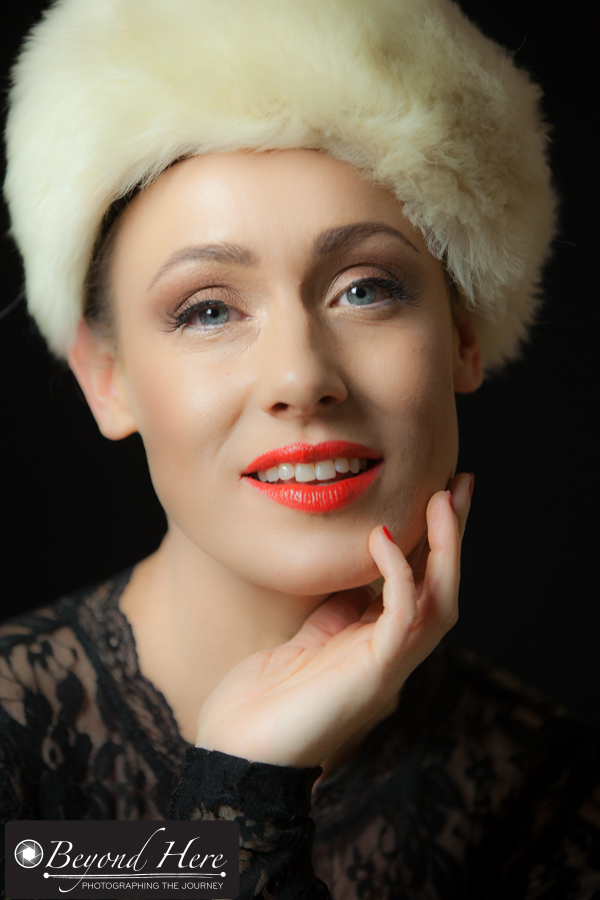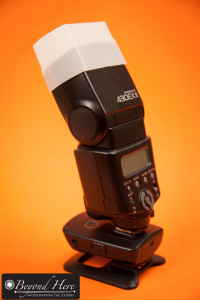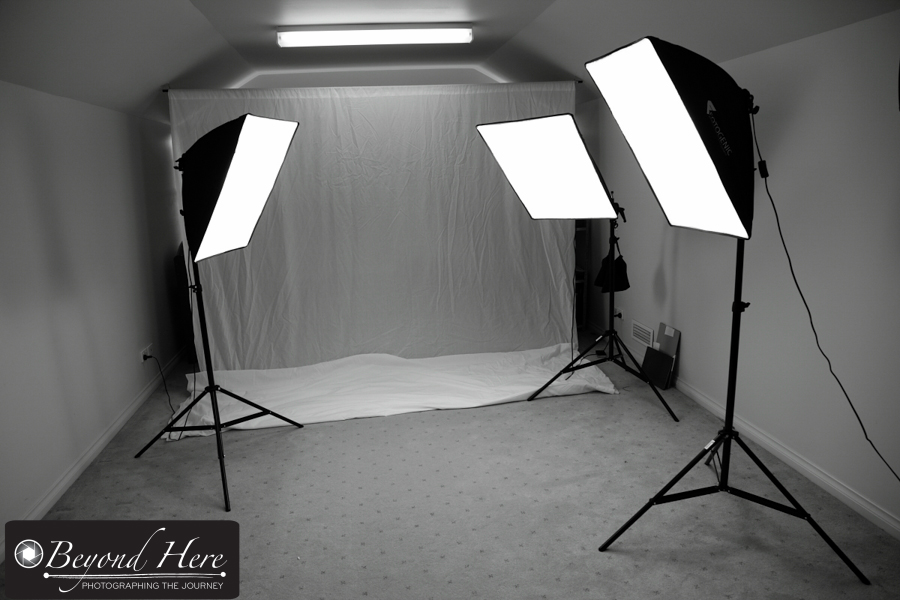When you are making the step from photography as a hobby to photography as a business, one of the challenges is getting contracts organised. For many of us, this is an unfamiliar area and is about as much fun as doing our tax returns! Equally, we know that it is important because it puts in writing the commitment of the client and the photographer, and protects us should anything go wrong. So, what to include in your photography contract?

Contracts are vital to outline commitments of all parties and to protect your business
Below is a list of what I include in my photography contract. Please keep in mind it is not a definitive list. If you are an experienced industry professional and want to add input for other readers, please comment on this blog post. If you are new to the world of paid photography and contracts, please add your questions in the comments area on this post. I will do my best to answer them, and other readers will add their thoughts. Just keep in mind that I’m a photographer and not a lawyer. If you want expert legal advice, you will need to speak to a qualified legal professional.
What to include in your photography contract?
Who is the contract between? In my case it is between my company and my client. As I shoot weddings and portraits, my client is usually an individual or individuals, but the client could also be a business if you are shooting commercial work. For weddings, I include both the bride and groom as the client and ask them both to sign the agreement.
What are the details of the shoot? The contract applies to the specific shoot you outline on the agreement. For example, if it is a wedding, this part of the contract covers where it will be held, the date, the time photography starts, the time photography finishes, and any special details of the wedding.
Copyright and Images. My agreement outlines that my company owns the copyright for the images produced. It also makes clear that the client can use and display the images for personal use.
Permissions. I include in my contract a section which specifically outlines that my company is able to use the images for any industry competitions and in general promotion. In many contracts you will see a separate ‘model release’ section. I cover this in a single paragraph outlining the permissions given by the agreement.
House rules and cooperation. This section of my contract is specific to weddings. It makes clear that if there are any house rules from the venue that may limited the photographer, it is the responsibility of the client to discuss them with the venue. It also makes clear that if the client wants specific guests included in the images (like in family formals) that they will assist in organizing the people to be in the right place at the right time. And while I have never had a major issue with a wedding guest pushing in on me, I make it clear that if that occurs it is the responsibility of the client to deal with the guest.
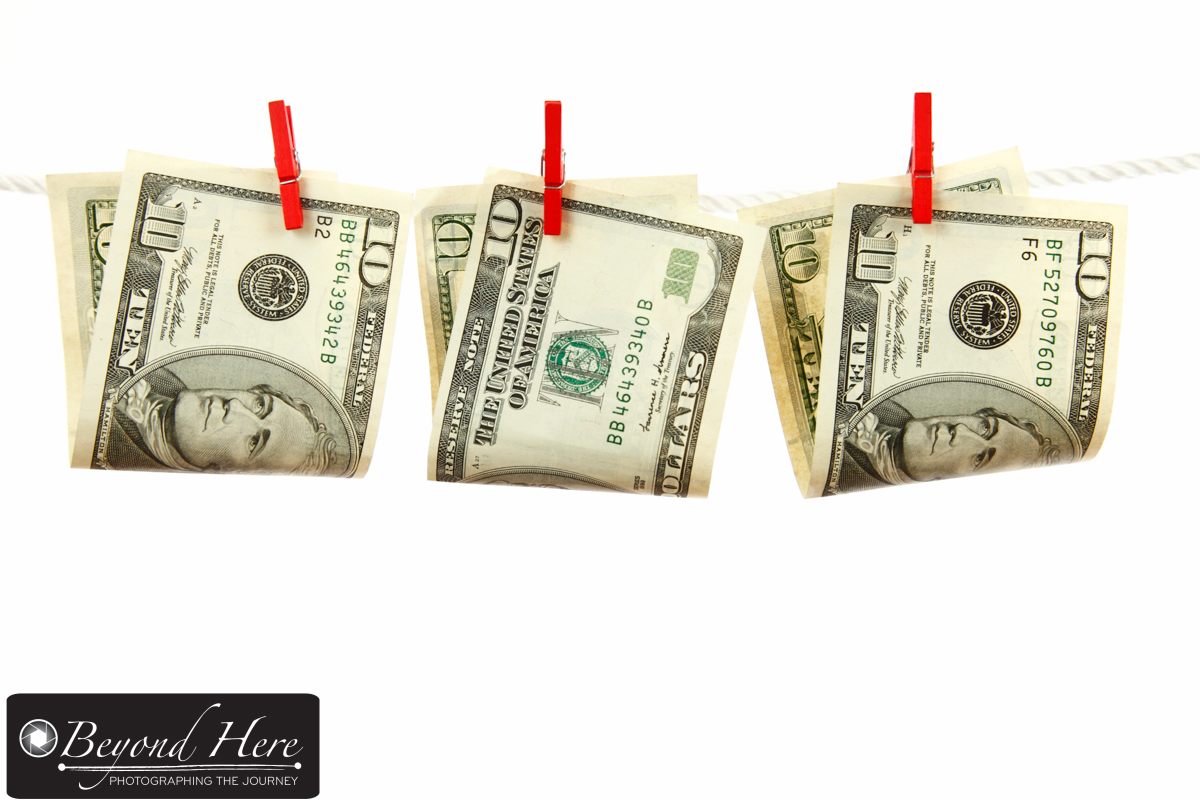
I make it clear in my contract when payment is required
Retainer and Payment. I ask my clients to pay a non refundable retainer at the time the contract is signed. I also outline when final payment is due. In the case of weddings, payment is due 4 weeks before the wedding date. I find I do a lot better job for my clients when, not only am I sure of being paid, but when I have been paid already.
Limit of Liability. This is a vital section of my contract. It outlines that if something goes wrong (like if I am in hospital with a broken leg on my clients wedding day), that I will organize a suitably qualified replacement photographer. The key part is that it makes clear that in the event of things not going smoothly, that my liability is limited to a refund of monies paid. That protects me from any damages claims in the event that things go really wrong.
Completion schedule. This section outlines my commitment for when my clients can expect to receive their images. I have a separate clause which also outlines that additional time will be required for albums, prints, canvas prints etc.
Free Format Area. I leave a free format area towards the end of my contract. This is a space that, if I am sitting with the client, we can hand write in any specific details which either party would like to add to the agreement. It can also be used for notes about what the clients photography package includes.
Signatures. At the end of my contract I have a simple line which reads ‘I hereby agree to the terms of this agreement’ with space for the client to add their name, signature, and date. I also add my name, signature, and date as their photographer.
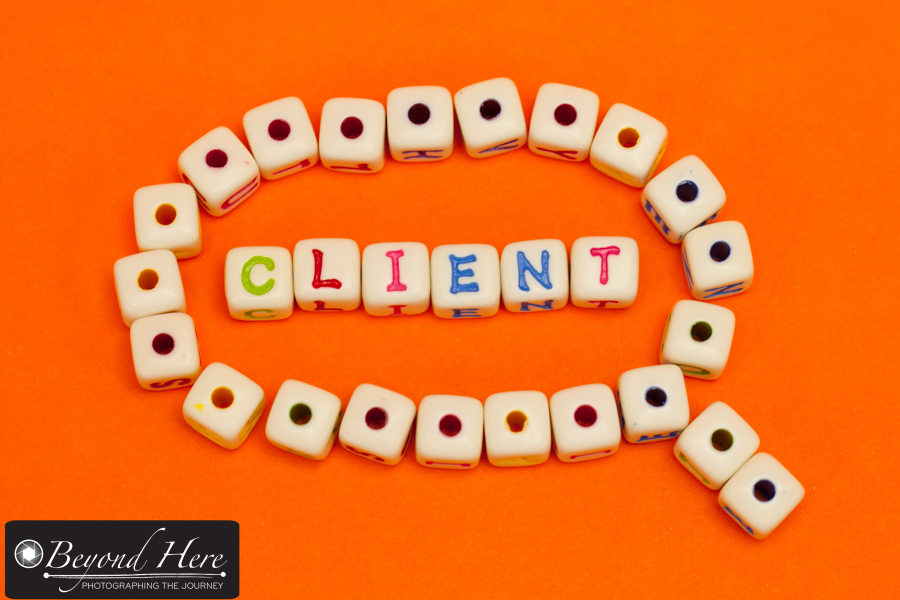
Getting the contractual side out of the way allows me to focus on delivering a great experience and images to my client
I have heard of some photographers using very long, complex contracts. I believe in simplicity and not overwhelming my client. Mine is 2 pages.
I hope this post covering ‘what to include in your photography contract’ has been useful to you. Please use this as guidance only and speak to a qualified legal professional for expert advice.

